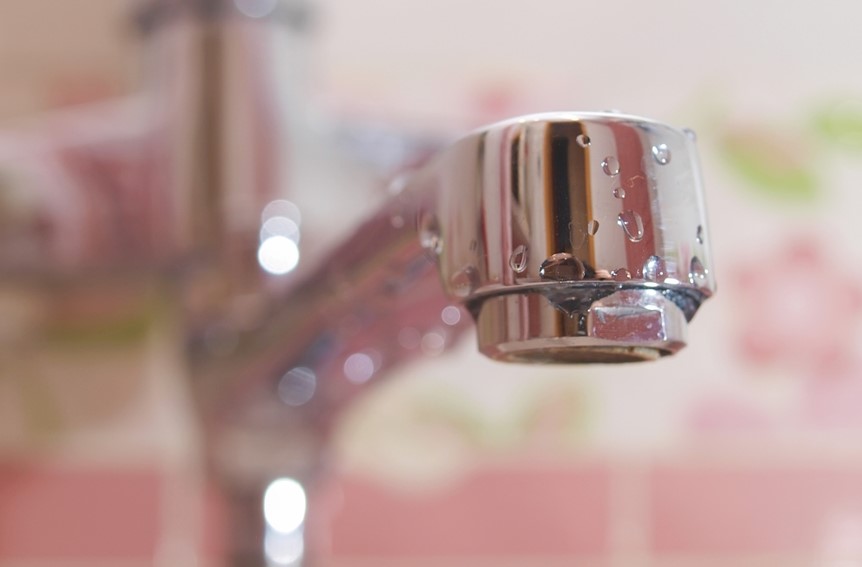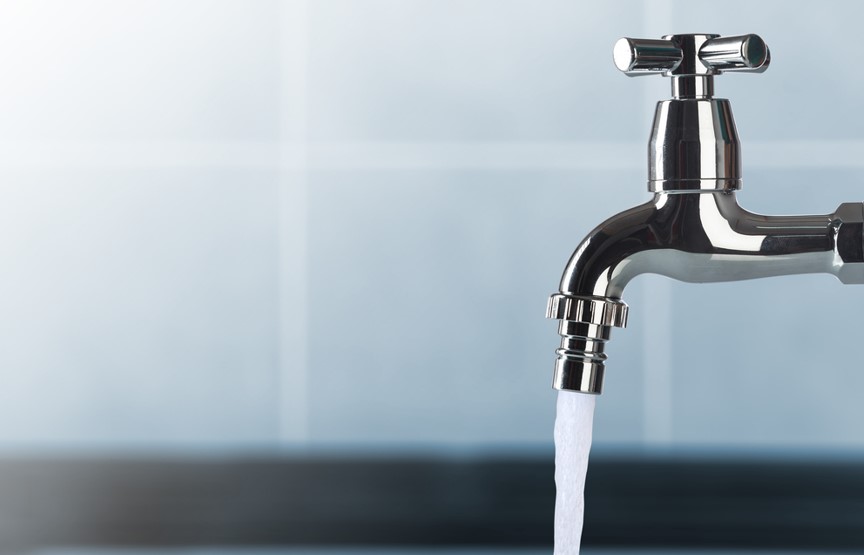Lead is a naturally occurring yet highly toxic metal in the earth’s crust. It used to be used for standard products such as lead-based paint and even cosmetics. Today, the dangers of lead are better understood, resulting in higher regulations for the substance.
Unfortunately, we continue to be exposed to lead every day. While exposure to low levels of lead is reasonable and safe, higher or extended exposure poses a dangerous threat to our bodies and can lead to lead poisoning.
The best way to avoid lead contamination is to become knowledgeable about it. In this article, you’ll learn everything you need to know about lead contamination, including what it is and what causes lead in water to protect your household from potential lead poisoning.
What Is Lead Contamination?
Lead contamination is the exposure of high lead levels through different substances, the most common of which are:
- Water
- Food
- Air
- Soil
- Consumer products
In general, you can become exposed to lead by sucking, chewing, or swallowing products with lead. You must be extra careful with the products your children and pets are exposed to, mainly because swallowing high amounts of lead can prove fatal.
You can also experience lead contamination by breathing in fumes, although exposure through the air is less likely in everyday environments. This risk, however, is increased for children in dusty homes, especially if those homes are older and contain lead paint.
Today, with stricter regulations on consumer products and environmental health in North America, human exposure to lead is primarily through food and water.
Lead in food is prohibited in the United States and Canada, but a small amount can still make its way into food due to trace amounts found in plants and animals, as well as the processing and transporting of food. That said, lead in food is not a primary means of lead contamination.
Lead in water is of particular concern, as lead contamination may come from your home.


What Causes Lead in Water?
As mentioned, lead is a naturally occurring mineral. That said, it is rarely found in source water. So how does lead typically get in the water we drink?
Lead in water comes primarily from lead pipes, faucets, and drinking water fixtures. This is typically a result of corrosion from household plumbing pipes that contain lead.
Because you have lead pipes doesn’t mean you’re automatically exposed to lead in water. Actual lead contamination through water can be caused by a variety of factors, including:
- The type of plumbing material
- The age of the pipes
- The quality of the water
- The amount of time the water is in the lead plumbing
What Are the Effects of Lead Poisoning?
Lead poisoning can cause various harmful health effects to several parts of your body, including the brain, kidneys, and blood. As a result, someone experiencing lead toxicity poisoning from an elevated blood lead level may experience vomiting, diarrhea, and convulsions.
In extreme cases, lead contamination can lead to a coma or death.
The effects are even worse for children, who are at increased risk even through a low level of lead contamination. The same goes for pregnant women, as lead can pass through the placenta to the unborn baby.
How to Prevent Lead Contamination
Before trying to prevent lead contamination, you should determine whether prevention is necessary by assessing how much lead is in your water, if any.
A plumber can help you identify if you have a high level of lead in your water pipes by telling you whether you have lead pipes. You can also check with your water utility or municipality to see if there is a lead service line in your public water system.
You can also get your tap water tested to determine if it has an elevated lead level. Some municipalities even have sampling programs for this.
One way to prevent lead contamination is by letting the tap water run for a minute or so until it’s cold before using it. This helps to ensure that any water that may have been stuck in the lead pipe and consequently been subject to corrosion runs out of the fixture before you use it, leaving you with clean water that’s less likely to have been contaminated.
You should also avoid using hot water. Instead, use cold water and warm it up as needed to lower the risk of lead exposure.
If you have an older home, there are some steps you can take to ensure that it’s as close to lead-free as possible. If your home or furniture has lead paint, use a certified lead paint stripper to remove the paint safely. You should also replace any brass or valves with fittings certified for drinking water.
Finally, a water filter is an excellent option to remove some lead from your drinking water, although there may be more effective options. Make sure that whatever water filter you choose says that it removes lead. Some Brita filters, for example, may adequately do the job.
Despite North America’s strict lead regulations and Safe Drinking Water Act that focus on environmental health and water service, other areas have little or even no regulations around lead in water, worsening the world’s water crisis. Therefore, it’s essential to know your potential exposure when traveling and to look up how other countries deal with lead contamination.


Wrap-Up: Understanding Lead Contamination
Overall, while lead contamination continues to be a possibility, especially for children and those going through pregnancy, exposure to lead is now limited more than ever.
That said, an elevated lead level in your water supply is still a problem due to the prevalence of lead pipes and plumbing in homes. If you’re concerned, call your municipality or public works department for lead testing and a water quality report, and consider other solutions for your home plumbing.

